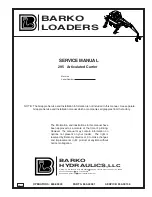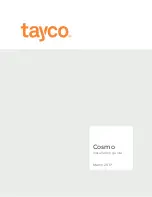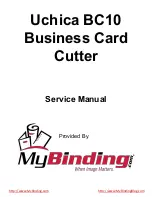
Eaton’s Crouse-Hinds Business
Cooper Crouse-Hinds Pte Ltd
No. 2 Serangoon North Ave 5 #06-01
Singapore 554911
tel: + 65 6645 9888
fax: +65 6297 4819
Page 15
You may configure segments and devices manually, via DCS templates, or by using wizards
(also called methods).
Manually
A procedure where the user enters parameters by hand, individually for each segment
and device.
Advantage:
The limit values can be set to best match the actual values of this particular segment
and device. As segments all differ in length, number of devices, and environmental
impact, a manual procedure will allow the user to set limits as close as possible to the
actual values and make most use of predictive alarming.
Disadvantage:
The values in the device will differ from the values in the DCS engineering station,
unless an upload from the device into the engineering station is performed.
Otherwise, a later download from the engineering station would overwrite the values
in the device.
DCS template
Instead of modifying values in the DTM, the user performs modifications only in the
DCS engineering station (through the DD). This is the typically employed procedure.
Advantage:
A single database is maintained.
Disadvantage:
Even though segments are not alike, they will all have the same set of limits.
Consequently, the limits will have to leave a larger margin compared to adjusting the
limits for each segment individually.
Using wizards/methods
This is the most convenient way to configure limit values for each segment individually.
An automated internal software procedure will run and adjust the limits to a user-
selectable percentage.
















































